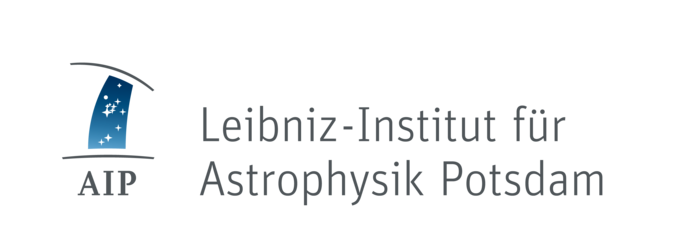The local neighborhood surrounding the Milky Way and M31 is teeming with small satellite galaxies whose properties are of immense interest. In the past few years the number of dwarfs observed in the local group has nearly doubled, mostly due to increased sensitivity in observations. These observations have posed a number of challenges to the theoretical modeling of dwarf galaxies. On the other hand, state of the art numerical simulations continue to reveal many more subhaloes than observed satellites around Milky Way like galaxies. The greatest challenges now facing the study of satellite and dwarf galaxies, is to match the observations to the theoretical models with an emphasis on understanding the properties of these dwarf galaxies. These include "bulk properties" such as their orbits, spatial distribution in the halo, and mass and luminosity function as well as "internal" properties such as concentrations, dark matter content, and various properties of the stellar component. What can the z=0 properties of these galaxies tell us about their origins? How can near field cosmology exploit dwarf galaxies to help us devise a better picture of how the Milky Way itself formed? Finally, with a number of major astronomical surveys such as Pan-STARRS and GAIA quickly approaching, the relatively young field of dwarf galaxies will receive a significant boost as proper motions of these galaxies are constrained and high resolution imaging becomes available. The aim of the proposed meeting is thus to form a consensus across theorists and observers of the status of dwarf galaxies, with an aim to understand the successes and failures of current models while simultaneously gauging what we can expect from these future missions.
| 26.02.2014 | Registration opens |
| 01.06.2014 | Registration closes |
| Mid-June | Speaker list published |
| 28.06.2014 | Hotel reservation expires |
| 25-29.08.2014 | Conference |
![[conference poster]](img/dwarfs2014-poster.jpg) Download print version [4.4 MB]
Download print version [4.4 MB]
of the conference poster
